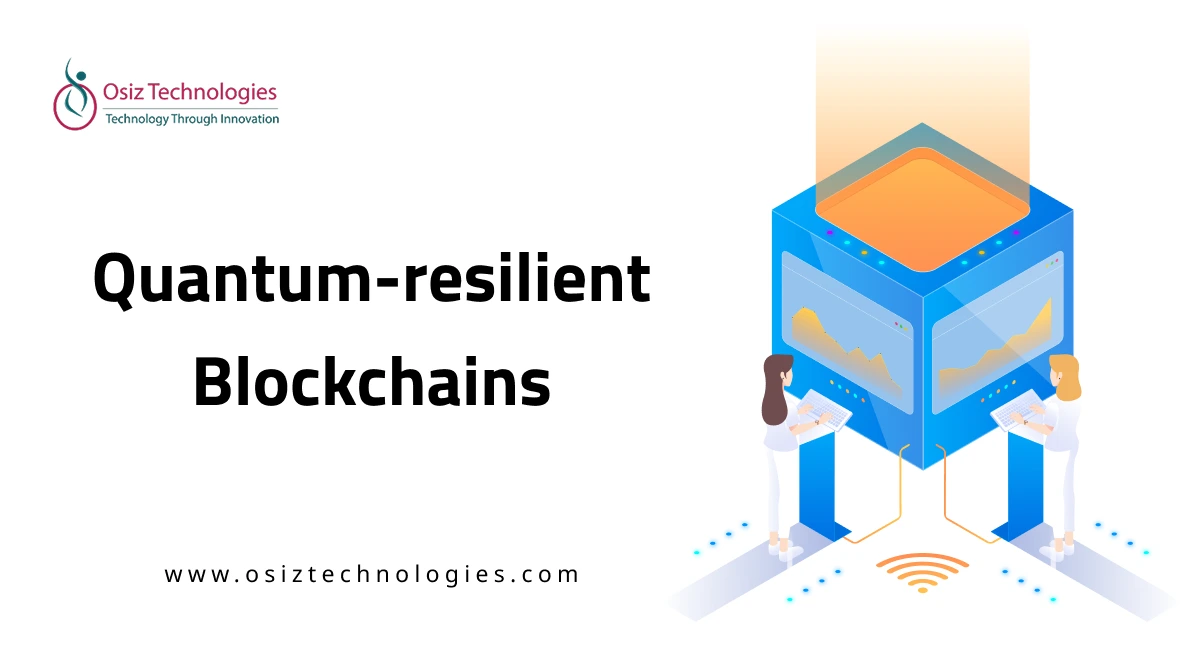AI in Stock Trading
AI's role in stock trading has opened up new possibilities for trade margin optimization that can be achieved faster than with traditional techniques. AI for trading, regardless of the form of a stock trading app, enables traders and investors to simultaneously minimize risks and seize profitable chances in the world's volatile stock markets, wherever time can be a valuable asset. Likewise, Osiz is the foremost AI development company that helps you with AI solutions in the stock trading sector. Financial institutions that handle vast amounts of unstructured data and continuously analyze stock prices might gain important insights into complex possibilities for trading that support buy and sell decisions in real time.
Types of AI Stock Trading
Data Mining: To find hidden trends and patterns that are not immediately apparent, this technique entails a thorough investigation of large databases. Faster processing made possible by AI improves data mining in stock trading.
Predictive Modeling: AI examines past data and forecasts future market patterns using sophisticated algorithms. This method aids traders in predicting changes in the market and helping them to make wise choices.
Sentiment Analysis: It is an AI trading technique by which general opinion is derived from various online sources like news articles, social media sites, and finance blogs, using NLP.
Real-Time Analysis: AI is specifically well versed in the analysis of vast amounts of data very quickly, which is a major requirement while stock trading, as the market conditions may alter within seconds or minutes.
Backtesting: Before implementing trading methods in real markets, backtesting using AI entails comparing tactics to historical data to assess their efficacy.
Benchmarking: AI assesses trading tactics by comparing their performance to pre-established market benchmarks or indices.
How AI in Stock Trading Works?
Data Collection: By using AI to trade stock systems from various sources connected to finance, data can be swiftly accumulated. This data can range from historical price patterns to macroeconomic indicators, including news articles, online sentiment, etcetera.
Preprocessing of the Data: The data must be cleaned to remove errors and ensure correct organization, with any missing values filled in to ensure good correlation with other elements. organized with precision
Feature Deletion: Using complex algorithms makes it easier to identify reliable signs that have caused stock prices to fluctuate over extended periods. characteristics including volume, moving average, and P/E ratios. Only a small portion of the numerous features that can be retrieved are sentiment scores.
Model Training: To find correlations and patterns between extracted attributes and stock price movements, machine learning algorithms are trained using historical data that has already been gathered. This process yields predictions about possible future tendencies.
Making Decisions: Using predictions generated by AI algorithms that are trained to make knowledgeable decisions on whether to purchase, sell, or hold a certain stock. These decisions are then further refined based on market trends, risk tolerance, and their own goals.
Execution: Trained AI Model recommendations can be automatically carried out through brokerage platforms or by human traders, who may also offer trustworthy advice.
Monitoring and Adaptation: Accurate performance tracking for efficiency evaluation is made possible by continuous monitoring, which uses algorithms to track errors as they are made.
Advantages of AI in Stock Trading
- Boost Accuracy: Investors may efficiently save time, conveniently supervise their transactions, and readily give their clients professional advice by automating research procedures and utilizing data-driven methods through AI-powered algorithms in their trade executions.
- Forecast Patterns: AI-powered stock trading can gather different textual and linguistic features to find patterns contained within objective material by implementing sentiment analysis. News sources and social media networks can be analyzed to find AI solutions for stock trading systems.
- Lower Costs: By using AI solutions and other current technologies, stock traders can automate repetitive processes that would otherwise be done by human labor. Even though the implementation of this new technology and its maintenance charges may have some initial financial consequences
Use Cases of AI in Stock Trading
Stock Algorithms
Users can create custom AI-based stock trading algorithms that carry out trades automatically and without the need for human involvement. It is not necessary for a supervisor to continuously monitor the shifting market conditions throughout the day.
Fraud Detection
Cutting-edge algorithms can recognize odd trading patterns and highlight questionable activity so that it can be looked into further. using AI tools to track trading trends and identify deviations that can point to fraud.
Algorithmic Trading
Algorithmic trading techniques with AI that modify buy and sell choices in response to real-time market situations. These algorithms can respond to movements in the market more quickly than human traders, they can be used to implement high-frequency trading techniques.
Customer Service Bots
A comprehensive suite of services for clients that comprise different engagement ways at their disposal is ensured by using chatbots and voice assistants linked with other sophisticated AI technology for their convenience, making their experience seamless.
Why Choose Osiz for AI in Stock Trading?
Well-known for providing AI development services, Osiz focuses on developing innovative, predictive AI solutions that are tailored for the financial sector. As an award-winning AI development company we can create feature-rich FinTech software that will assist you in realizing the most potential for both you and your business client. However, it's also critical to preserve a healthy balance between AI and human evaluation. Combining these two intelligence techniques yields excellent trading performance and market adaption.
Listen To The Article
Recent Blogs

Black Friday 30%
Offer












